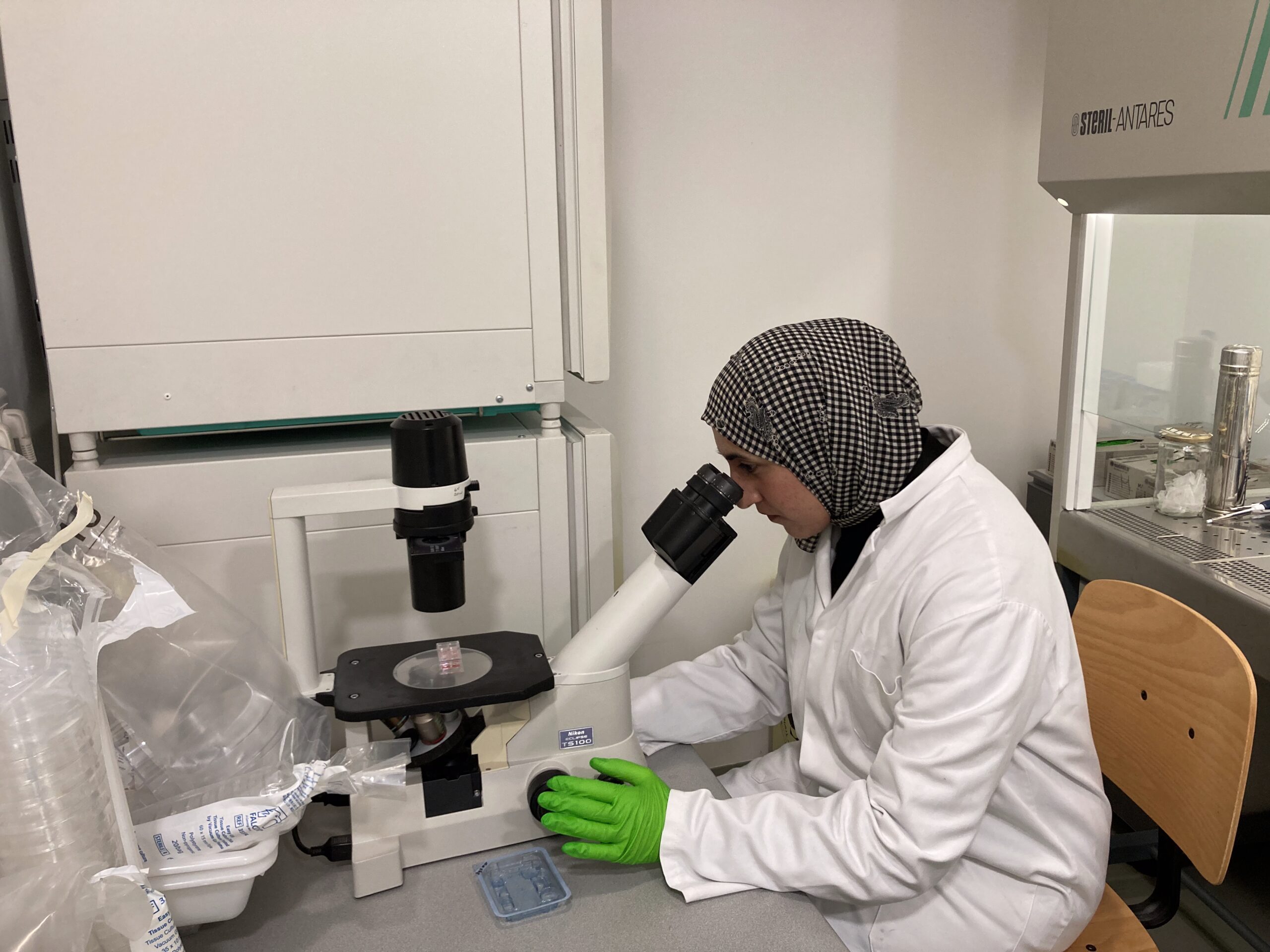
Open-source to democratize the access to human MRI systems
Imaging technologies are becoming increasingly complex and ever more expensive, reducing the general accessibility and potential reach of cutting-edge techniques. The Special Edition Virtual Pub “Open Hardware in Imaging,” in collaboration with the Euro-BioImaging Industry Board, will highlight developments from scientists and companies who are committed to making biological & biomedical imaging hardware and software solutions openly available to a wide audience.
When: September 22, 2023, from 13:00-15:00 CEST
Where: Online
At this event, Ruben Pellicer-Guridi, Asociación de Investigación MPC, will present Open-source to democratize the access to human MRI systems - (full abstract below). Hear this talk and others like it on September 22!
ABSTRACT
Open-source to democratize the access to human MRI systems
Ruben Pellicer-Guridi (1), Joāo S Periquito (2), Tom O’Reilly (3), Lukas Winter (4)
1 - Asociación de Investigación MPC, Donostia–San Sebastián, Spain; 2 - The University of Sheffield, Sheffield, England; 3 - Leiden University Medical Center (LUMC), Leiden, Netherlands; 4- Physikalisch-Technische Bundesanstalt (PTB), Berlin, Germany
Nuclear Magnetic Resonance Imaging, more commonly known as MRI, is among the most sophisticated medical diagnostic instrument available . It offers a powerful diagnosis capability in a wide range of pathologies, yet its use is restrained due to its high costs. Until recently, the high technical complexity and resource demands have limited the development of these systems to only a few companies worldwide. This setting has arguably hindered innovation, restricting third party institutes to focus primarily on niche elements of the systems such as pulse sequences and sensors. However, the past decade has experienced a paradigm shift, with the emergence of numerous research groups capable of developing complete systems. Most of these novel systems fall in the low-field category, which refers to employing weaker magnetic fields. While low-field systems offer advantages in terms of costs and safety, they require extra attention to optimize image quality, which is inherently limited through lower signal-to-noise ratios.
Open-source is having a central role on this renaissance of innovative MRI systems. Openly sharing knowledge and know-how, and following a modular approach has brought down the threshold to build complete MRI scanners that previously required a sizable pool of time, material and human resources. From software to hardware, there are being abundant open-source efforts shared around MRI. The Open Source Imaging Initiative (OSI²) has played a crucial role in promoting these efforts since 2016, utilizing various channels within the community.
Among others, OSI² visualizes these works neatly classified on a website, has initiated sessions around open-source in the most popular MRI international conferences, and routinely organizes gatherings and hackatons. The mission and vision of OSI² goes beyond being a promoter of open-source practices, and has also become a vibrant community of developers working together, with the ultimate goal of benefiting patients. As part of this endeavour, OSI² is creating a blueprint for fully disclosed human low-field MRI systems, encompassing all the necessary components to facilitate their replication and utilization.
The open-source concept extends beyond technical advancements and knowledge, as it permeates global markets through transparent documentation and comprehension of the systems, including their construction and use.
More news from Euro-BioImaging


